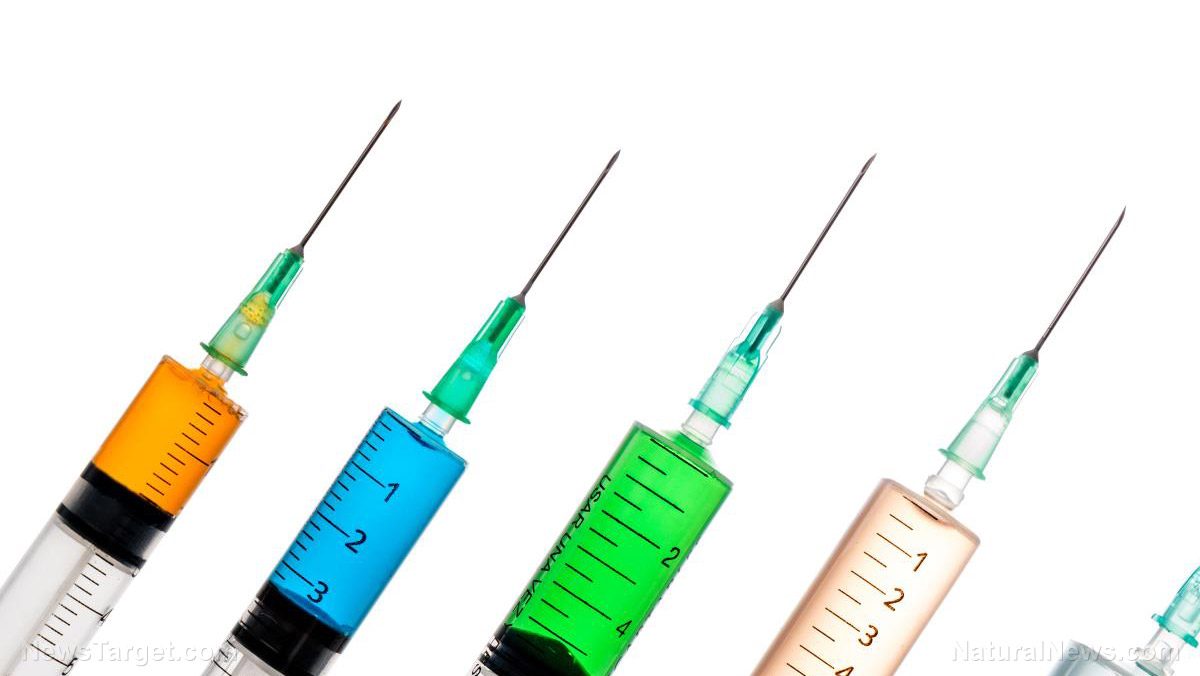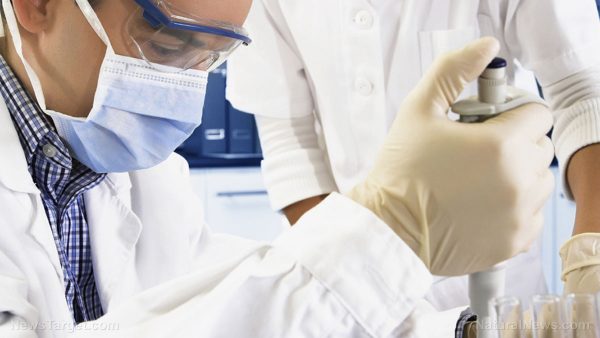
Analysis of 156 vaccine lots finds higher rate of vaccine injury among certain lots
The study analyzed 156 different vaccine lots distributed from December 2020 to April 2022. The researchers tracked where the vaccine was manufactured and where it was distributed, and traced the lots to vaccine injuries reported to the Vaccine Adverse Events Reporting System (VAERS). The data was not readily available and had to be obtained via Freedom of Information Act request, which was acquired by the Informed Consent Action Network. The analysis uncovered that early batches, particularly those sent to hospitals and government agencies, had higher rates of serious adverse events (SAEs). Of the 977,542 adverse events reported to the Vaccine Adverse Event Reporting System (VAERS), 455,820 (46.7%) were linked to the Pfizer vaccine. While only 29% of these reports included lot numbers, researchers were able to match 290,835 serious events to specific batches. The analysis categorized the adverse events in three categories: non-serious, serious, and those that involved death. A non-serious adverse event includes mild allergic reactions (e.g., rash, itching), temporary discomfort or pain at the injection site, mild fever or headache, and fatigue or malaise. A non-serious adverse event indicates that unnecessary harm has been done to the individual’s body, but the issue resolved or wasn’t life threatening. In the analysis, a total of 78% of the SAEs were non-serious. A serious adverse event includes hospitalization, life-threatening situations, or disabilities. These typically include conditions like anaphylaxis, thrombosis, Guillain-Barre Syndrome, severe respiratory distress, seizures, stroke and myocarditis, to name a few. In the analysis, 20% of all adverse events were serious, and 2% involved the death of the recipient.Researchers condemn the manufacturing process and lack of quality control for mRNA vaccines
The researchers condemned the manufacturing process for the mRNA vaccines, saying it should have never been approved in the first place. The researchers warned that there was “extremely high” variability among vaccine lots, suggesting that there were inadequate manufacturing controls and oversight. The results of the study were corroborated by similar studies from Denmark and the Czech Republic, which also reported higher adverse event rates associated with certain batches, particularly early in the vaccination rollout. The study notes that the Vaccine Adverse Events Reporting System is not comprehensive, and typically captures less than 1% of adverse events. This means that magnitudes of vaccine injury data were never even recorded. This could be the result of propaganda dominating the medical system and the politicization surrounding the administration of the COVID-19 vaccine. Doctors were told that vaccine injuries are extremely rare and are the result of “antivaxxers” spreading “vaccine misinformation.” Individuals were often pressured not to report a vaccine injury by their doctor. Many patients were shamed into believing that the vaccine injury was caused by something else. In these cases of medical gaslighting, the data goes unreported, as people suffer. Contrary to statistical expectations, states with larger populations did not show higher rates of severe injuries. Instead, states like South Dakota, Tennessee and Kentucky reported disproportionately higher rates. Were certain states politically targeted and provided with a greater quantity of "hot lots" and dirty vaccine batches? What kind of contaminants were concentrated in these particular “hot lots?” Was Pfizer intentionally conducting several smaller experiments with various vaccine batches within the the grander experiment of COVID-19 vaccination? Many questions remain unanswered. Sources include: ChildrensHealthDefense.org PublicHealthPolicyJournal.com ICanDecide.org Wiley.com Wiley.com NaturalNews.com NaturalNews.comTrump vows to implement new tax incentives that would boost U.S. auto-manufacturing industry
By Laura Harris // Share
By News Editors // Share
Bill Kristol: My fellow White Americans are ‘the enemy’
By News Editors // Share
Backup data proves Tina Peters was right: The 2020 election was STOLEN by Democrats
By Ethan Huff // Share
Zelensky in trouble as Russia captures more settlements, villages on Ukraine’s eastern front
By Ethan Huff // Share
The skinny jab becomes a swallowable pill: A new era and old concerns
By willowt // Share
Grid Down, Power Up: The silent threat to national survival
By ramontomeydw // Share
Janet Airlines' MYSTERIOUS flights to Area 51 fuel speculation
By kevinhughes // Share
Chinese national charged with smuggling deadly bacteria into the U.S.
By zoeysky // Share
Two-thirds of Americans support social media ban for teens under 16, poll shows
By bellecarter // Share











